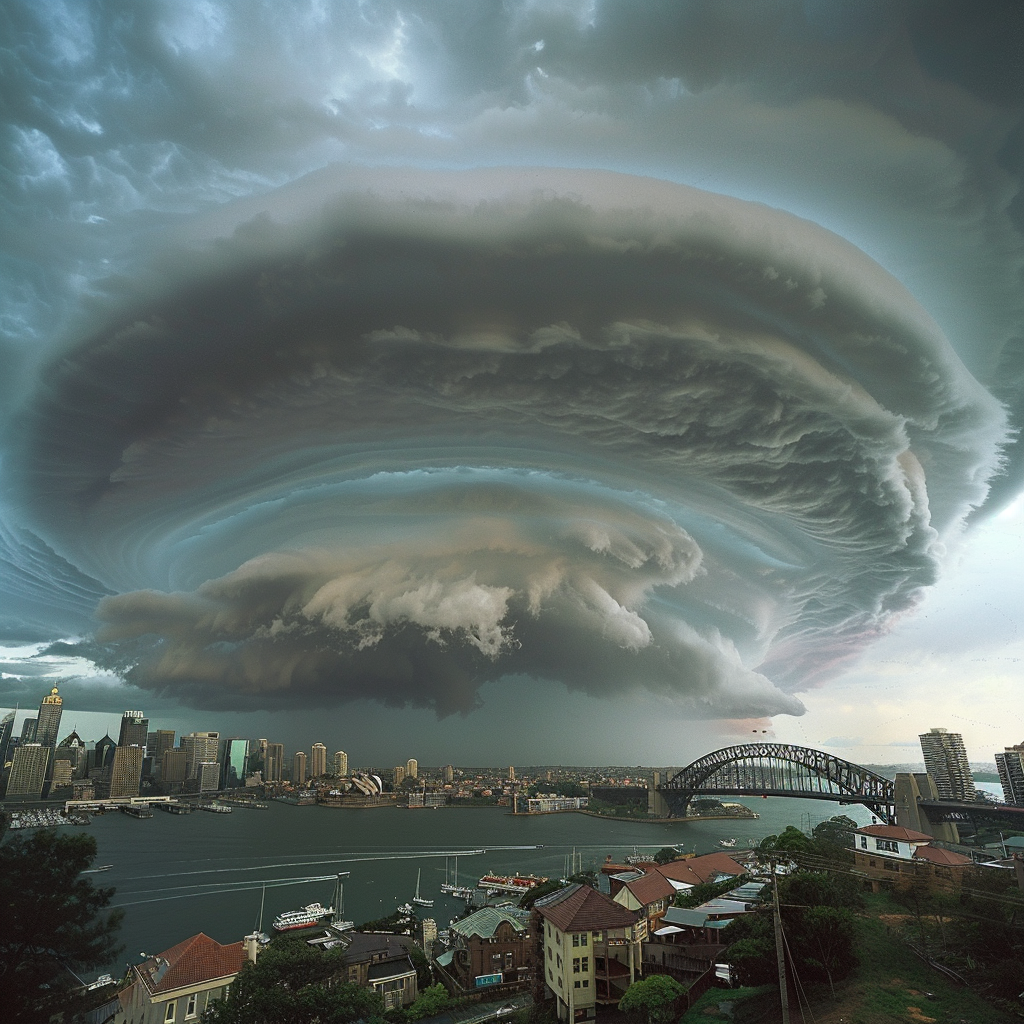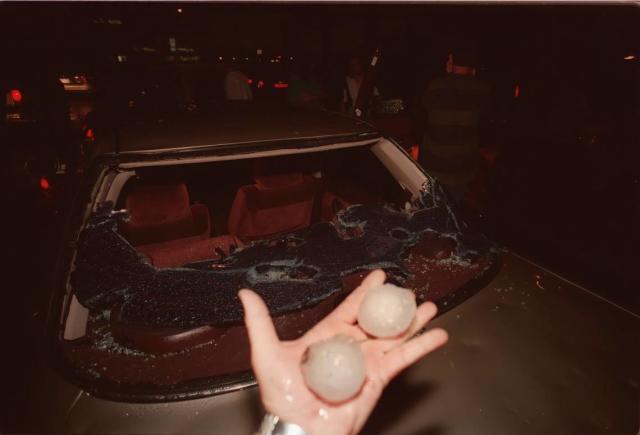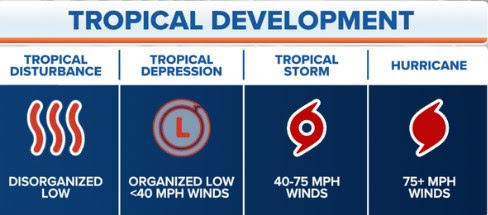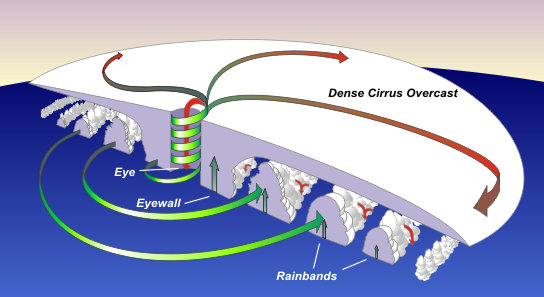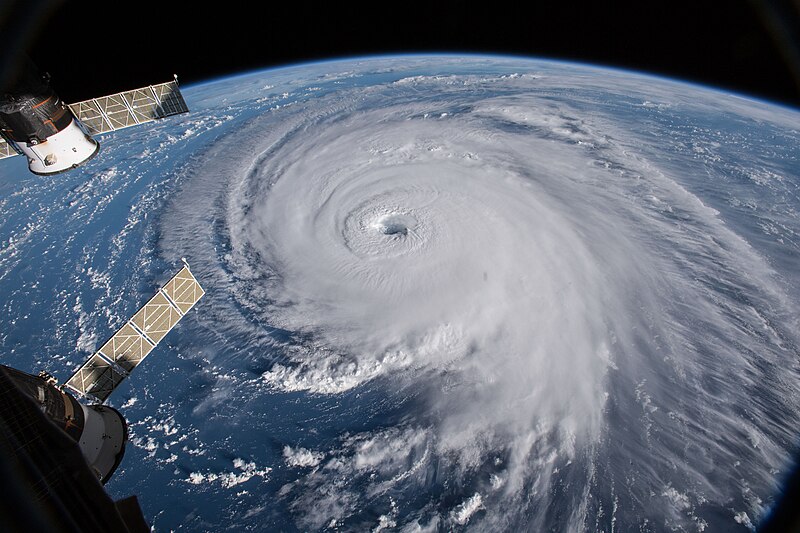Tornado Forecasting Checklist:
- Analyze the synoptic-scale environment:
- Identify the location and strength of the jet stream:
- Strong upper-level jet stream (>75 knots) with divergence aloft
- Jet streak positioning favorable for upper-level support
- Determine the position and intensity of upper-level troughs and ridges:
- Negatively tilted trough or closed low approaching the region
- Difluence in the upper-level wind field
- Assess the presence and strength of low-level and upper-level wind shear:
- 0-6 km bulk shear >40 knots
- 0-1 km storm-relative helicity (SRH) >150 m²/s²
- 0-3 km SRH >250 m²/s²
- Evaluate the potential for moisture advection and instability:
- Moisture pooling with dew points >60°F (15°C)
- Steep mid-level lapse rates (>6.5°C/km in the 700-500 mb layer)
- Assess thermodynamic instability:
- Analyze soundings for the presence of a “loaded gun” profile:
- Steep lapse rates in the lowest 3 km of the atmosphere
- High moisture content in the lower levels (dew points >60°F or 15°C)
- Strong vertical wind shear (0-6 km bulk shear >40 knots)
- Calculate convective available potential energy (CAPE) and convective inhibition (CIN):
- Surface-based CAPE (SBCAPE) >1500 J/kg
- Mixed-layer CAPE (MLCAPE) >1000 J/kg
- CIN <50 J/kg
- Determine the lifted condensation level (LCL) and the level of free convection (LFC):
- LCL heights <1500 meters AGL
- LFC heights <2500 meters AGL
- Evaluate the potential for convective initiation:
- Presence of a lifting mechanism (frontal boundary, dryline, outflow boundary, etc.)
- Daytime heating and destabilization of the boundary layer
- Identify mesoscale features:
- Locate frontal boundaries, drylines, and outflow boundaries:
- Strong moisture gradients and wind shifts along boundaries
- Confluence and convergence along boundaries
- Assess the strength and orientation of low-level convergence and upper-level divergence:
- Surface convergence >10⁻⁴ s⁻¹
- Upper-level divergence >10⁻⁵ s⁻¹
- Determine the presence and strength of low-level jets and their role in moisture transport and wind shear:
- Low-level jet (LLJ) with winds >30 knots at 850 mb
- LLJ oriented perpendicular to the frontal boundary or dryline
- Evaluate the potential for mesoscale convective systems (MCSs) and supercell thunderstorms:
- Presence of a “tail-end Charlie” or “pendant” echo on radar
- Discrete supercell thunderstorms with strong rotation and hook echoes
- Consider composite parameters:
- Significant Tornado Parameter (STP) >1
- Supercell Composite Parameter (SCP) >4
- Energy Helicity Index (EHI) >2
- Vorticity Generation Parameter (VGP) >0.2
When analyzing soundings for the presence of a “loaded gun” profile, look for the following characteristics:
- Steep lapse rates in the lowest 3 km of the atmosphere:
- Lapse rates should be close to or exceed dry adiabatic (9.8°C/km)
- Steep lapse rates indicate a highly unstable lower atmosphere
- This instability allows for rapid vertical acceleration of air parcels, which is crucial for the development of strong updrafts in thunderstorms
- High moisture content in the lower levels:
- Look for dew points greater than 60°F (15°C) in the lowest 1-2 km of the atmosphere
- High dew points indicate an abundance of moisture, which fuels thunderstorm development and can lead to greater instability
- Moist air in the lower levels also contributes to lower cloud bases and a greater potential for tornadoes to reach the ground
- Strong vertical wind shear:
- 0-6 km bulk shear should exceed 40 knots
- Strong vertical wind shear is essential for the development of rotating updrafts (mesocyclones) in supercell thunderstorms
- The change in wind speed and direction with height helps to create a horizontally rotating column of air, which can be tilted vertically by the updraft, leading to the formation of a mesocyclone
- Capping inversion:
- Look for the presence of a capping inversion, typically characterized by a layer of warm, dry air aloft
- The capping inversion acts as a “lid” on the atmosphere, preventing the premature release of instability
- This allows for the buildup of energy (CAPE) and moisture in the lower levels, which can be explosively released when the cap is broken, leading to rapid thunderstorm development
- Dry air intrusion in the mid-levels:
- Look for evidence of dry air in the mid-levels of the atmosphere (typically around 700-500 mb)
- Dry air in the mid-levels can enhance the potential for strong downdrafts and the development of rear-flank downdrafts (RFDs) in supercell thunderstorms
- RFDs play a crucial role in the formation and intensification of tornadoes by providing additional rotation and convergence near the surface

